Last updated: January 18, 2023
Article
Charlestown Navy Yard: Then & Now
Established in 1800, the Charlestown Navy Yard served the country as a working naval shipyard until its closure in 1974, 174 years later. Here, workers spearheaded new innovations, such as the die-lock chain, while championing historic techniques, such as the maintenance of the USS Constitution. Although the Yard has changed over the years, it retains many of the historic structures that characterized its use as a productive wartime navy yard. Today, the space serves the public as a National Park. Visitors can explore some of the historic structures and learn about the vital place the Navy Yard holds in United States History.
Commandant's House
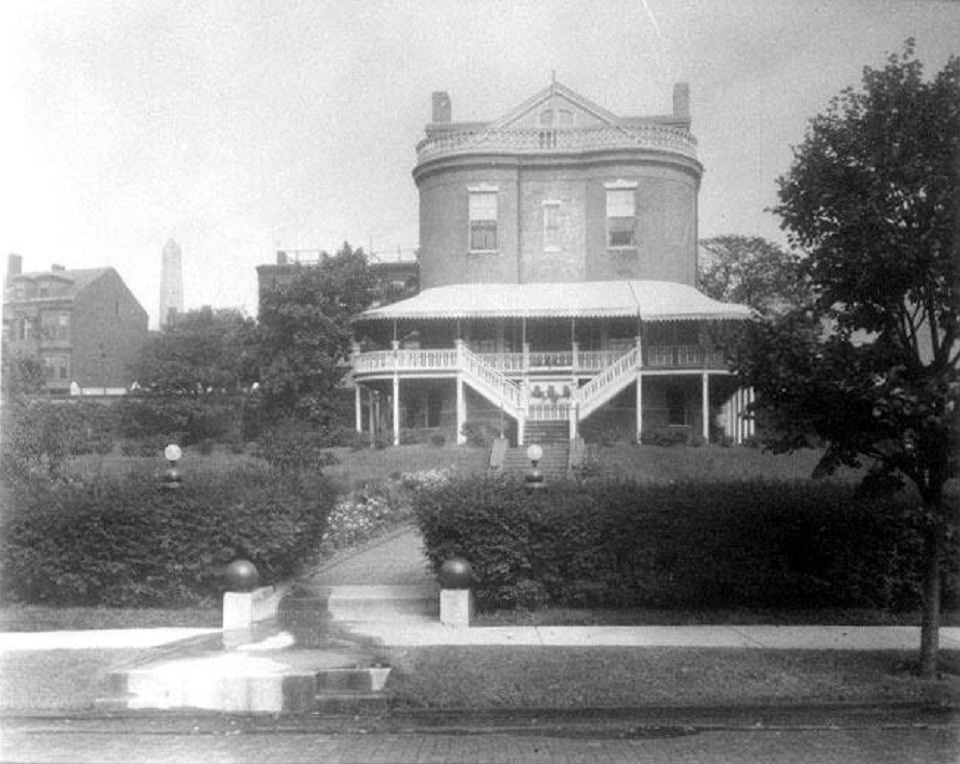
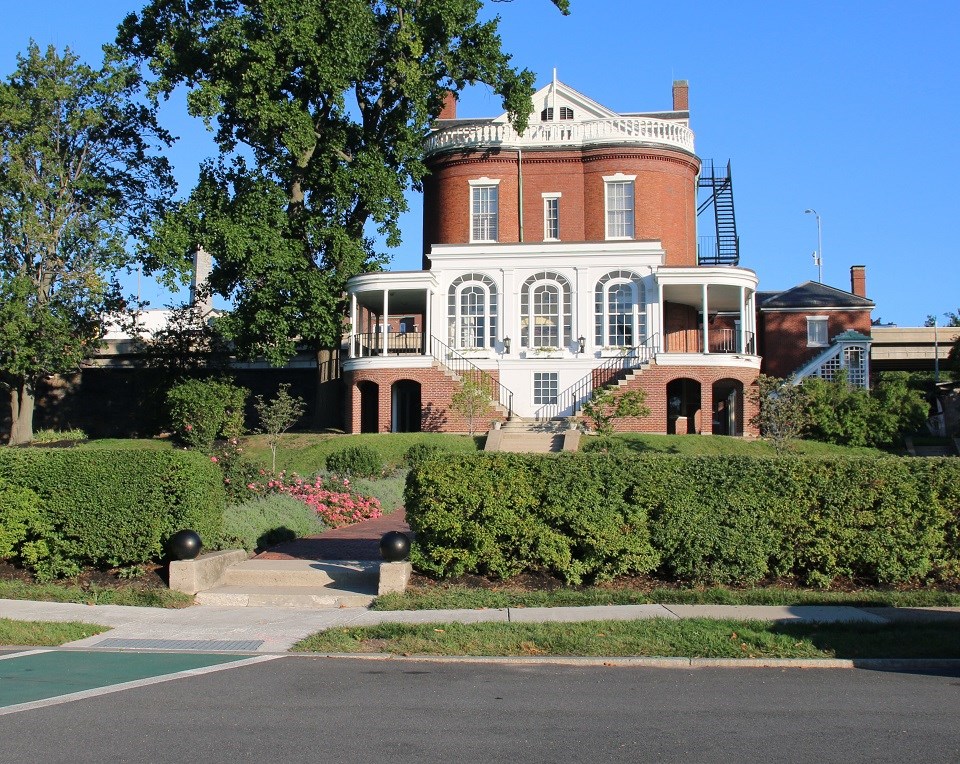
Left image
Late 1920s - early 1930s
Credit: Boston National Historical Park (BNHP), BOSTS 9183-2
Right image
Fall 2022
Credit: A. Cavaliere
The Marine Barracks
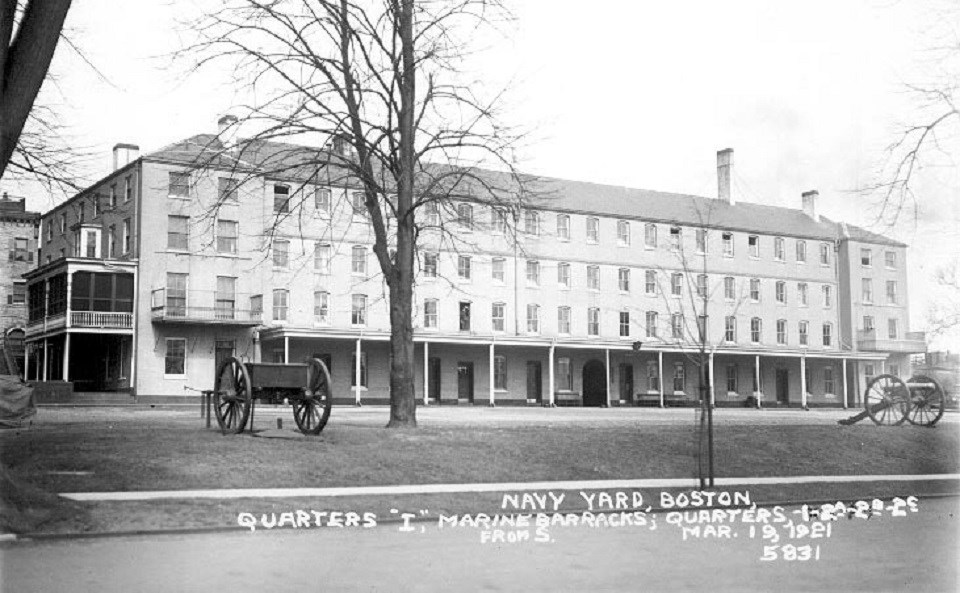
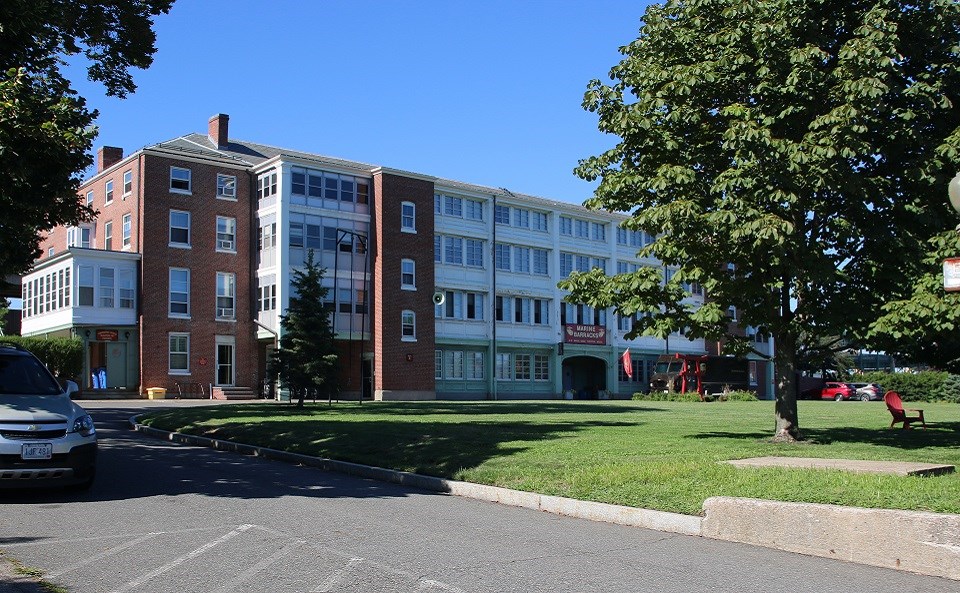
Left image
March 19, 1921
Credit: BNHP, BOSTS 9222-5831
Right image
Fall 2022
Credit: A. Cavaliere
The Muster House, Building 31
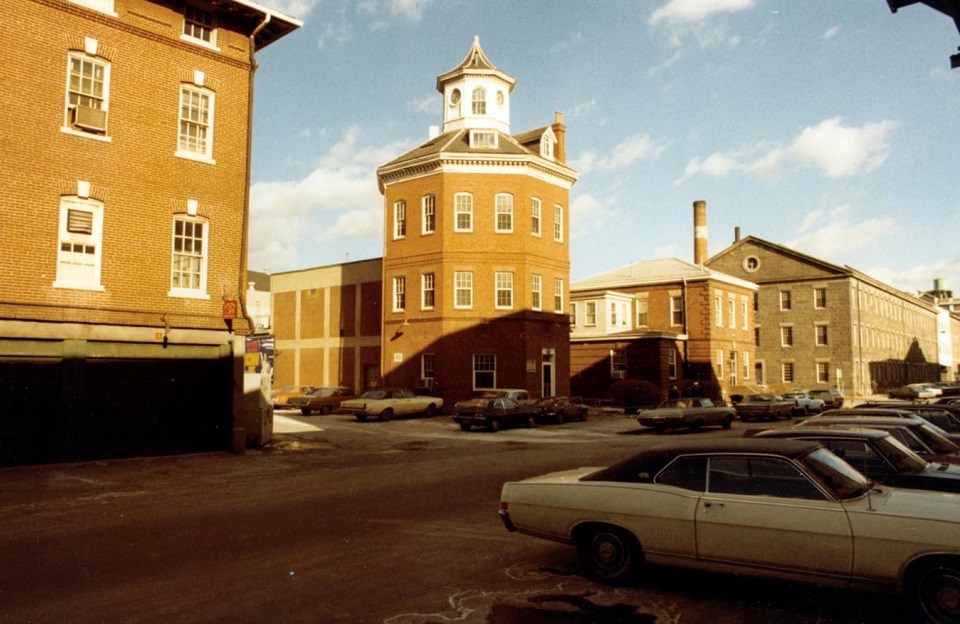

Left image
February 27, 1974
Credit: BNHP, BOSTS 8671-1
Right image
Fall 2022
Credit: A. Cavaliere
USS Constitution Museum, Building 22
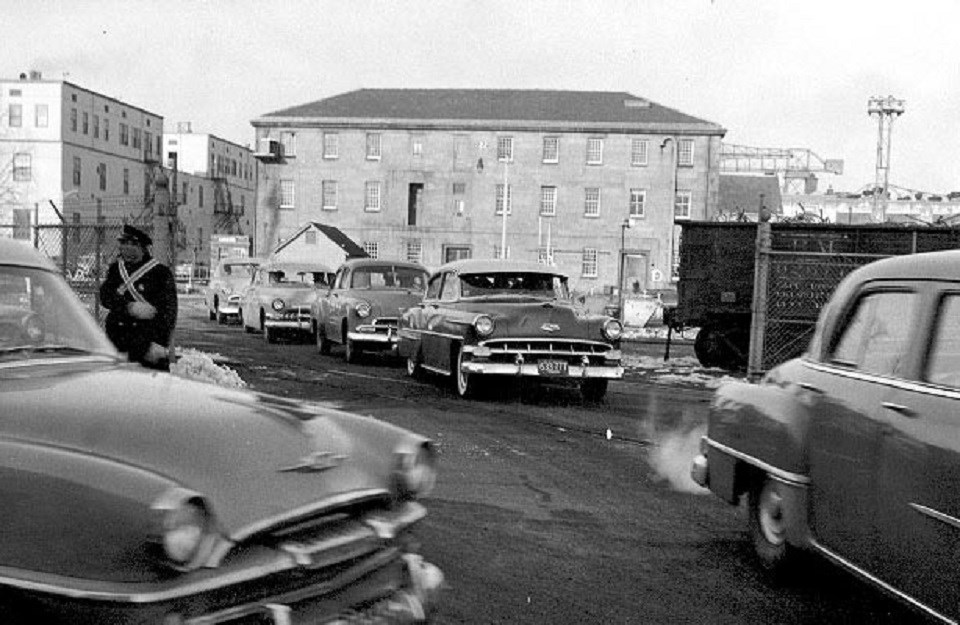
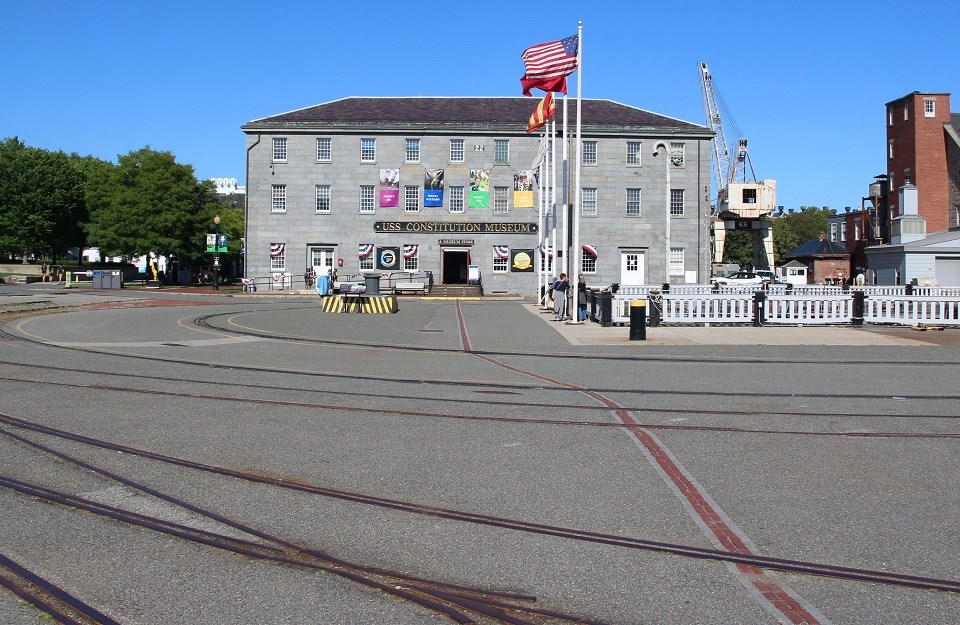
Left image
March 1955
Credit: BNHP, BOSTS 15716-1356
Right image
Fall 2022
Credit: A. Cavaliere
Building 5
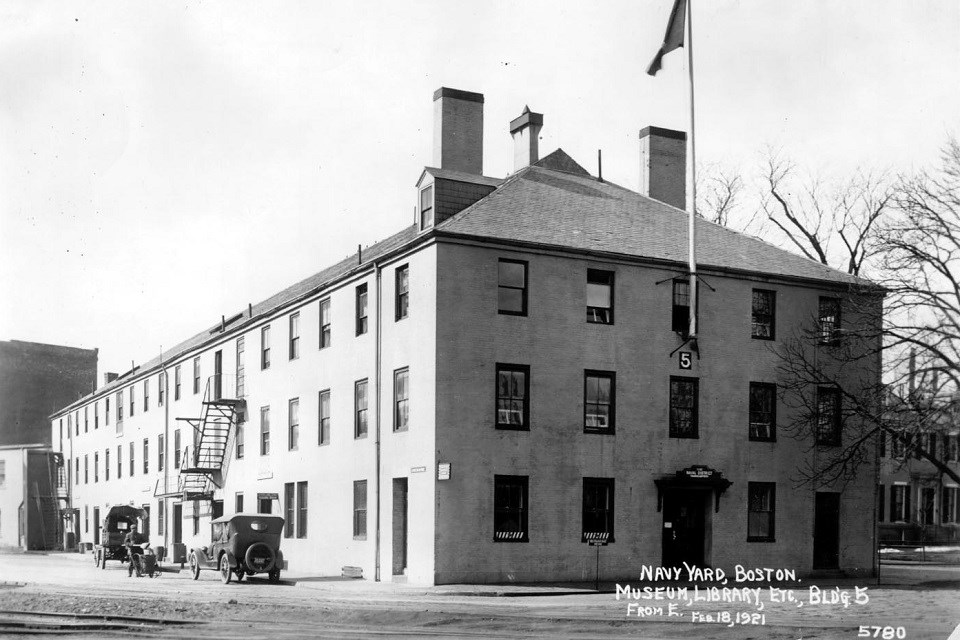
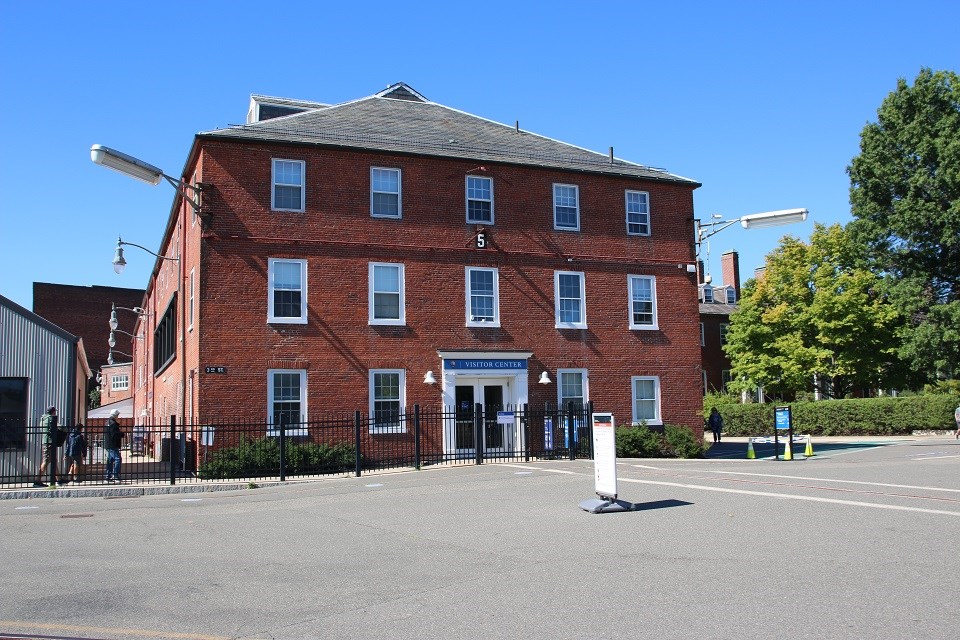
Left image
February 18, 1921
Credit: BNHP: BOSTS 9258-5780
Right image
Fall 2022
Credit: A. Cavaliere
Contributed by: Andrea Cavaliere, Student Conservation Association Historic Preservation Corps Member
Sources
Carlson, Stephen P. Charlestown Navy Yard: Historic Resource Study Volume 1 of 3. U.S. Department of the Interior, 2010.
Carlson, Stephen P. Charlestown Navy Yard: Historic Resource Study Volume 3 of 3. U.S. Department of the Interior, 2010.
Micholet, Margaret. Public Place, Private Home: A Social History of the Commandant's House at the Charlestown Navy Yard 1805-1974. National Park Service, 1986.
National Park Service. “Building 5.” December 1, 2021. https://www.nps.gov/places/building-5-cny.htm.
